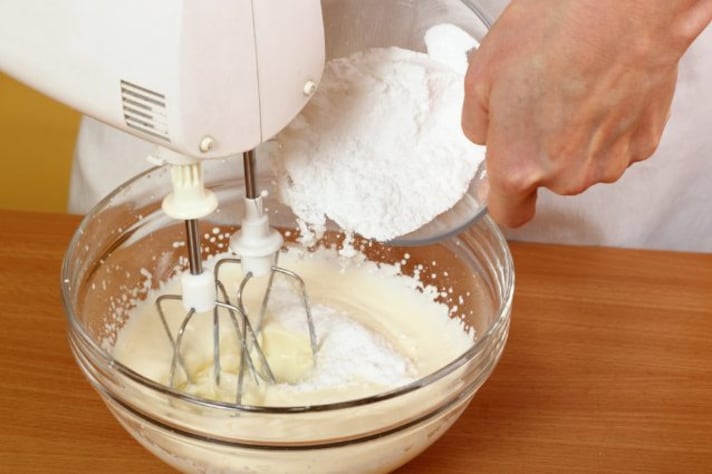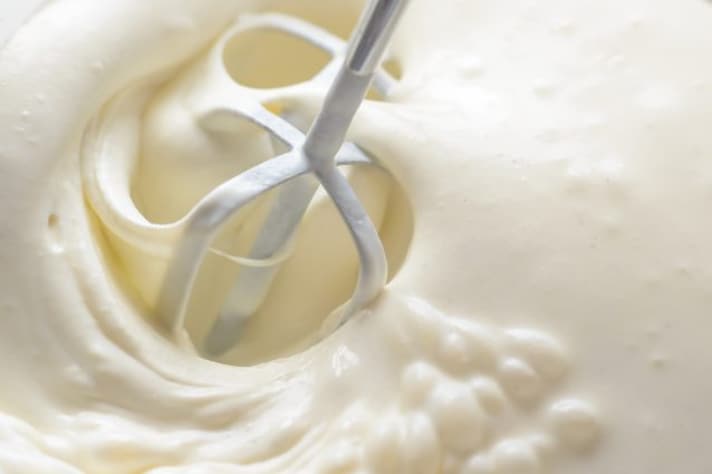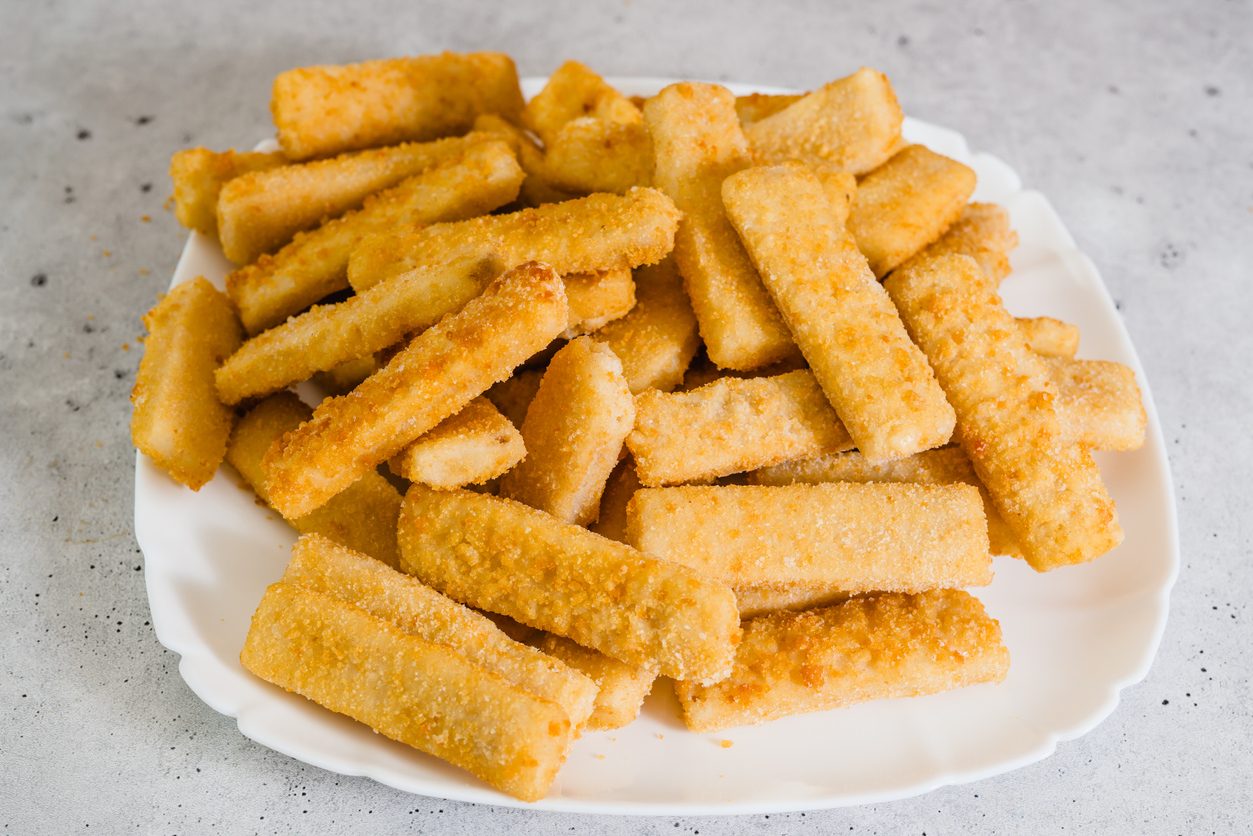Here’s Why You Should Never Use Margarine Instead of Butter When Making Frosting for Desserts!
Using margarine or butter substitutes in frosting compromises texture, flavor, and stability; this happens because margarine lacks the creamy consistency and rich taste that butter provides, resulting in greasy, unstable frosting. For the best results, always use real butter in frosting for its smoothness, flavor, and ability to create a glossy, stable finish.

When you’re baking a cake, there are a few things you shouldn’t skimp on: quality ingredients, a little bit of patience, and most definitely, butter. Yes, butter, the one ingredient that’s essential for making the perfect frosting. Yet, in recent years, margarine and other butter substitutes have crept into the kitchens of some well-meaning bakers, often with disastrous results. But why should you avoid these imposters when it comes to frosting?
Margarine Doesn't Have the Right Texture
Let’s get one thing straight: frosting is supposed to be light, creamy, and smooth—almost like a cloud on top of your cake. This delicate texture comes from butter’s ability to emulsify and create that perfect, spreadable consistency. Margarine, on the other hand, just doesn’t have the same fat content and the smooth, rich feel that butter does. Margarine is made from vegetable oils, and while it’s been marketed as a "healthier" alternative, it often ends up with a watery consistency that makes it hard to achieve that fluffy, airy frosting you crave.
Butter is an emulsifier, meaning it blends the ingredients together perfectly without separating. This means when you whip butter into your frosting, it holds everything together in a harmonious union. Margarine, however, can’t achieve that same creamy bond, leaving you with a frosting that may look good initially but soon falls apart or becomes greasy. You can literally feel the difference when you spread butter-based frosting versus margarine-based frosting. If you’ve ever tried margarine frosting, you know the unpleasant texture that feels a little too greasy or thin.

Margarine Can't Compete with Butter in The Flavor Department
One of the biggest reasons butter reigns supreme in frosting is the flavor. Butter is rich, sweet, and indulgent, with a natural, creamy flavor that’s hard to beat. Margarine, by comparison, often has a slightly artificial, flat taste that doesn’t elevate your frosting in the way butter does. In fact, many margarine brands use artificial flavorings to compensate for what’s missing naturally in their product. But these flavors? They simply can’t compete with the pure, creamy goodness of butter.
Imagine biting into a slice of your favorite cake—rich, moist layers paired with that perfectly sweet, buttery frosting. Now, picture that same cake, but with margarine frosting. It’s just not the same, right? Margarine doesn’t provide that same depth of flavor, which is essential for making a cake feel truly luxurious. The goal with frosting is to enhance the flavor of the cake, and there’s no better way to do that than with real butter. Anything less can leave you with a lackluster experience that might leave your guests asking, “What’s missing?”
The Science of Frosting: Butter Works, Margarine Doesn’t
When it comes to making frosting, there’s science involved. Butter has the ideal water-to-fat ratio for achieving the perfect frosting texture. The water content in butter allows for a smooth, whipped frosting that holds air, while the fat content gives it the richness and stability that makes it easy to spread and shape. Margarine, on the other hand, is engineered with higher water content and often contains emulsifiers that prevent it from achieving the same structural integrity that butter brings. As a result, frosting made with margarine can turn out runny, separate, or even be prone to melting at room temperature.

In addition, the milk solids in butter help with both texture and flavor, whereas margarine is often lacking in this department, making it harder for the frosting to hold up over time. If you’re decorating a cake, for example, you need frosting that will hold its shape and not start to slide off the sides. Butter’s natural consistency makes this possible. The higher water content in margarine can result in frosting that is just too soft and unstable to decorate with.
Margarine Doesn’t Have That Classic Frosting Look
You know that beautiful, glossy sheen you see on buttercream frosting? The kind that makes your cake look like it belongs in a bakery? That’s thanks to butter’s natural fats that create a shiny finish when whipped. Margarine lacks this aesthetic benefit. Even though margarine can technically be whipped, it doesn’t have the same lustrous sheen that makes frosting so visually appealing. Instead of the smooth, luxurious finish you’re after, margarine can leave your frosting looking flat and dull.
This may not be a deal-breaker for some, but if you’re going for the whole aesthetic package—a cake that not only tastes amazing but looks too good to eat—margarine simply isn’t going to cut it. Butter gives your frosting that gorgeous shine and perfect texture that makes everything about the cake feel more luxurious. Let’s face it, we eat with our eyes first, and no one is going to admire a dull, lifeless frosting.
Best Alternatives to Margarine for Frosting
So, now that we’ve established why margarine doesn’t belong in frosting, you might be wondering: what’s the best way to make a buttercream frosting that rivals your favorite bakery? The answer is simple: use good-quality butter. If you want to create a frosting that’s decadent, flavorful, and has the right texture, go for unsalted, room-temperature butter.

If you're looking for a healthier or dairy-free alternative, consider plant-based butters that are formulated for baking or making frosting. Some of these offer the rich texture and flavor of traditional butter without the dairy. Just make sure they’re designed for baking so they can provide the right consistency. Another option is to use cream cheese frosting, which can provide a slightly tangy flavor but still maintains that desirable creamy texture.
;Resize,width=767;)

;Resize,width=712;)

